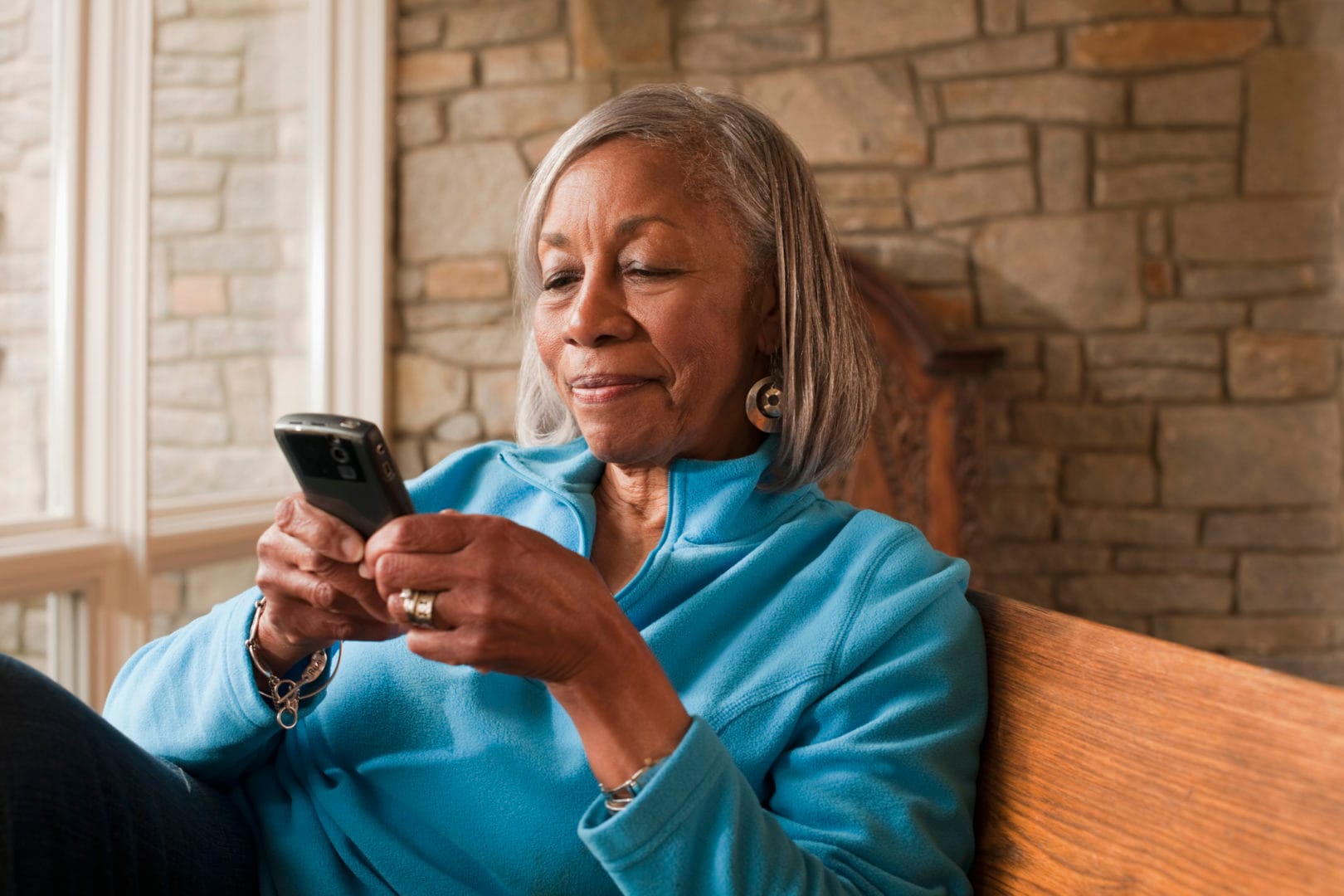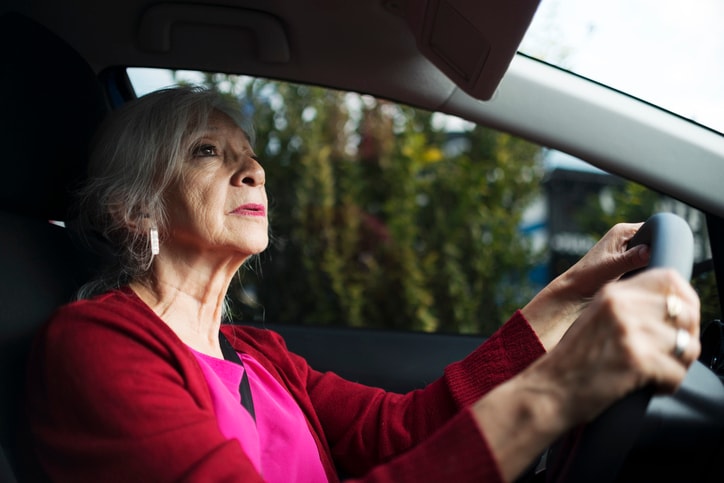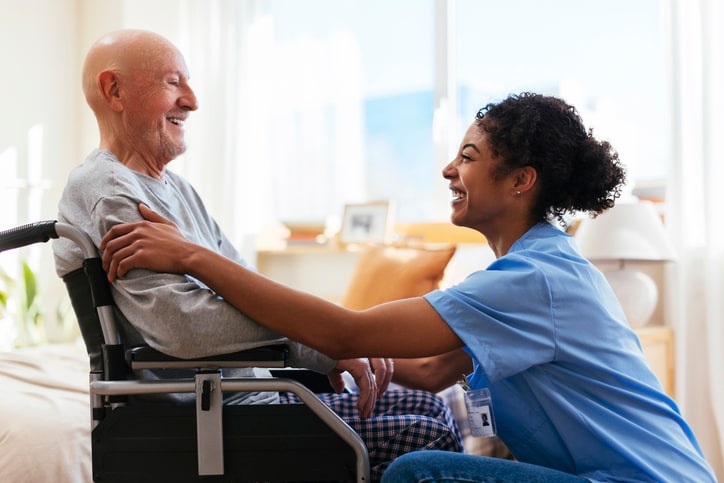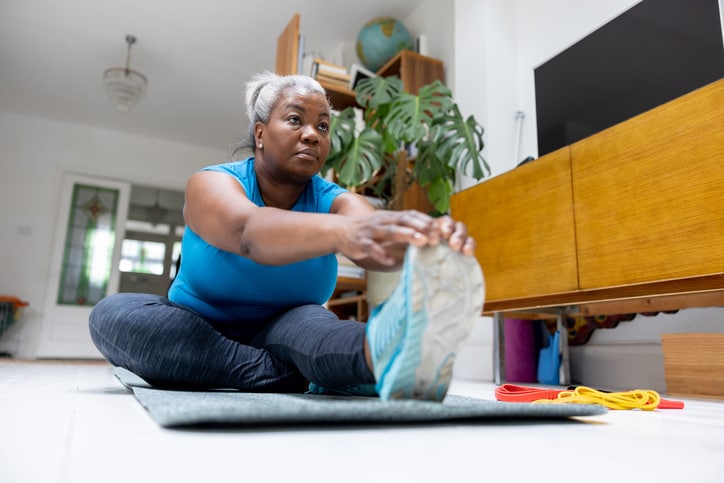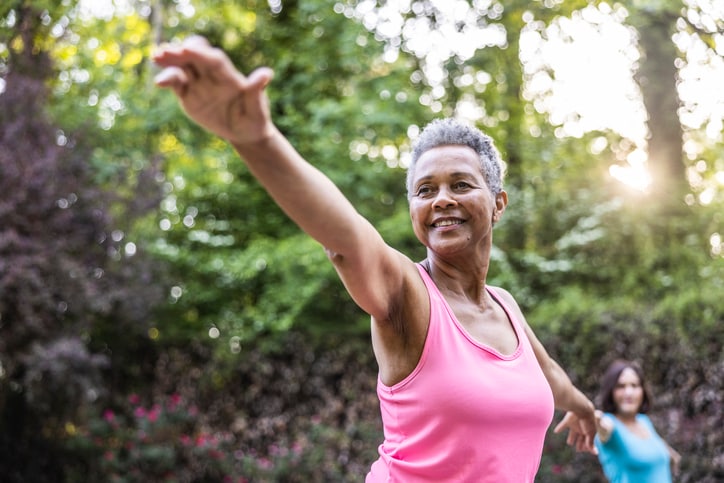Though seniors are becoming more technology savvy all the time, many are still skeptical about the latest devices. A 2019 study published in the journal Healthcare analyzed older adults’ perspectives on technology intended to allow them to age in place and found that while seniors were eager to learn new technology, they also expressed frustration with it. The researchers concluded that bolstering seniors’ technological literacy is key to staying safe while aging in place.
Laurie Orlov, founder of Aging and Health Technology Watch, agrees that in order to age in place successfully, older adults need to be able to engage with others, as well as remain healthy and stay safe — and technology for seniors specifically can support their ability to do that.
Whether you’re the child of an aging parent or a caregiver, you can help determine if certain apps or gadgets could help keep a senior safe and identify the best options for them. Your loved one’s primary care physician might also identify the areas where they think your aging loved one may need help now and in the future.
Here are programs and electronic devices for elderly loved ones you might consider, according to Orlov.
To connect with friends and family
Technology for seniors offers limitless opportunities to connect with friends and family, which is necessary as it’s not uncommon for older adults to suffer from isolation and depression. Costs differ depending on contracts and data packages, but there’s something in everyone’s price range.
Simplified computers/tablets
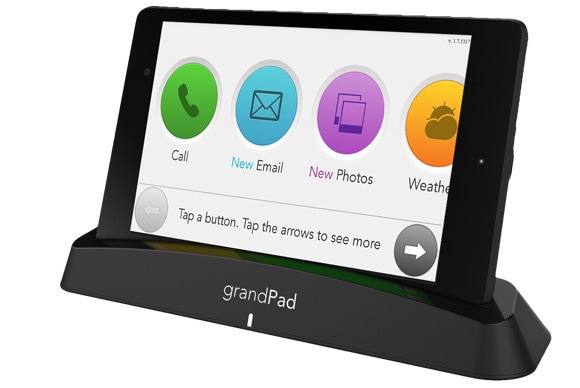
Look for easy-to-use computers with touch-screen capabilities.
Consider: GrandPad ($350, Grandpad) or iPad (from $449, Apple)
Simple flip phone
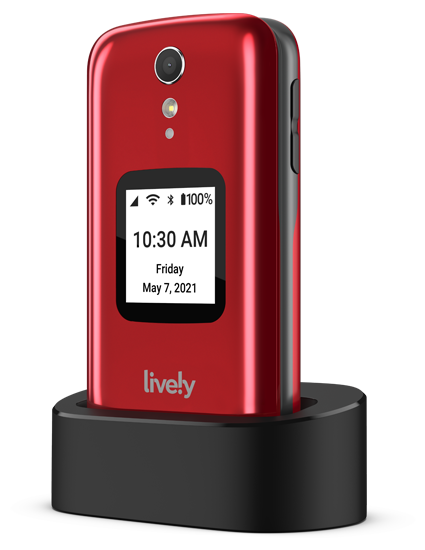
If a senior only has a cell phone in case of emergencies, they might want one that features an “Urgent Response” button that can put them in touch with a live nurse or board-certified doctor.
Consider: Jitterbug Flip2 ($100, Lively)
Conversation captioning app
If your loved one has a hearing impairment, you might want to consider downloading a captioning app onto their device, so they can read near real-time call captions of phone conversations. It’s free in the iOS app store.
Consider: Clear Captions
Video chatting software
Skype (available to download on most devices), FaceTime (available on Apple devices), and Zoom (a web-based software) are all video conferencing programs a senior might enjoy using for face-to-face conversations with loved ones.
Smart speaker app that helps with remote caregiving
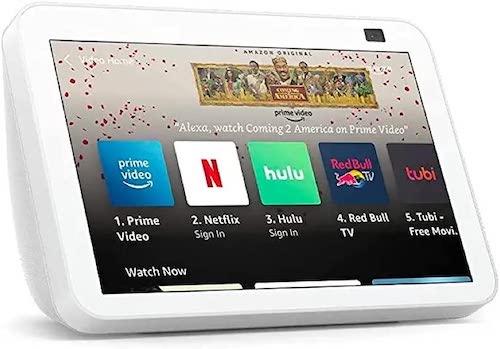
Features like Amazon’s Care Hub, which works in conjunction with the company’s Echo, a voice-activated smart speaker, can bring some much-needed comfort by giving you a snapshot of what your loved one is up to. Link your senior’s Echo to your Alexa app (the app needed to use the device), and then, in your app, you can take advantage of features like:
- Checking your loved one’s general activity — meaning that they used the device for entertainment, but not what podcast they chose, Amazon says.
- Setting specific alerts (for instance, to know if they’ve been inactive for a while).
- Being immediately contacted if they ask for help.
Consider: Amazon Echo Show 8 ($80, Amazon)
To maintain health and wellness
Medication management and mobility are two major components of preserving physical health at home. Telehealth is a rapidly evolving industry that helps individuals with chronic illness manage their disease from home and connect with health care professionals. And there are options for everyone.
Medication reminders
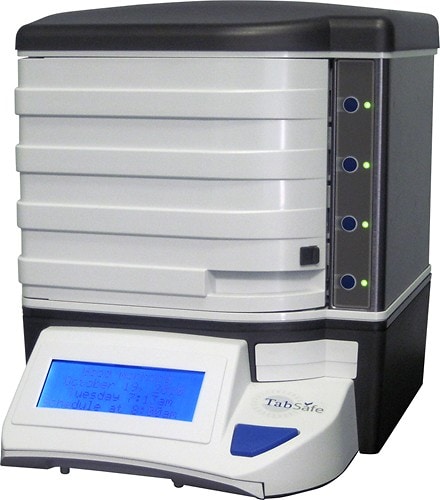
Explore medication management systems that can issue reminders, dispense meds, monitor medication usage and notify caregivers when doses are missed.
Consider: TabSafe (rent for $100 per month, TabSafe)
Pill dispensers
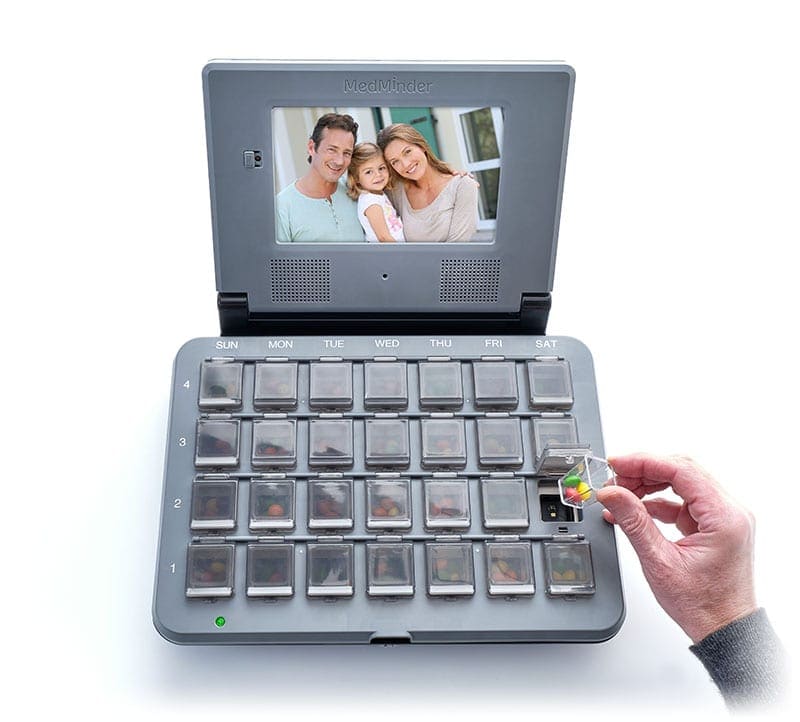
Instead of an entire system, look into automated pill dispensers that remind users when to take a dose and what amount to take.
Consider: e-pill ($390, ePill) or MedMinder ($75 per month, MedMinder)
Health management
Believe it or not, there’s technology for seniors that allows them to monitor their blood pressure, pulse and heartbeat and check their blood glucose levels and more… in their pajamas. Some telehealth systems give them the power to do it all, so they (rarely) have to make a doctor’s appointment for these routine checks.
Consider: CheckMe Suit Home Health Monitor ($450, Walmart)
Nutrition guides
Seniors — especially those who live alone — often have problems planning meals and getting the nutrition they need. Thankfully, they can use free apps to keep track of what they should be eating and when.
Consider: EatWise app
Fitness tools
The Wii isn’t just for kids and teens. It’s actually ideal technology for seniors. — so much so that senior living communities across the country have them and participate in tournaments and national competitions. (Consult with a doctor before starting new fitness activities.)
Consider: Wii Fit Plus ($215, Amazon)
Brain games
Just like the rest of the population, seniors need to keep their brains healthy. Encourage them to play games like Sudoku or crosswords or invest in more advanced programs available on the web or as apps.
Consider: Brain Fitness Program ($8-14 per month, available for Apple or Android)
To stay safe at home
As bodies and minds age, individuals may experience new mental and physical challenges. It’s more common for seniors to fall or wander off. Look for electronic devices for elderly folks that will help keep them safe if they live alone.
Home monitoring systems
These systems operate on strategically-placed sensors, from motion detectors to leak or flood detectors to item-specific detectors on doors, beds, toilets, chairs, etc. You can monitor your loved one’s daily activities, and more importantly, receive notifications when the system senses a disruption. Some even include engagement and communications features, like text message, email, or phone reminders and alerts that allow you to check in and communicate from wherever you both are.
Consider: Alarm.com Wellness ($300 upfront and $50 per month, Alarm.com)
Traditional and mobile PERS
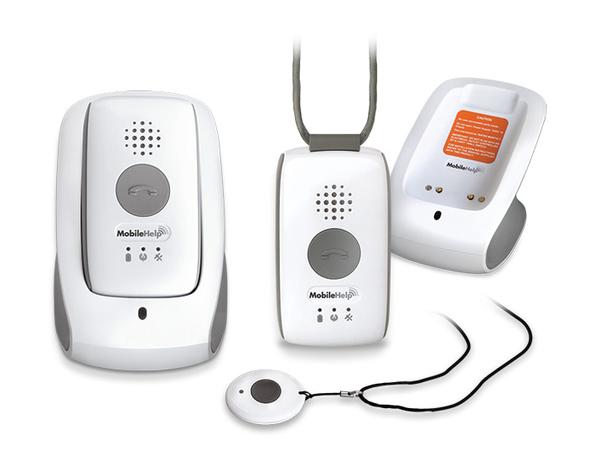
Personal emergency response systems (more commonly known as the “I’ve fallen and I can’t get up” button) send alarms notifying caregivers about a fall, health emergency, home invasion, fire or even egress/exits due to wandering. Most will also send help immediately, even if the individual can’t communicate a need for assistance. There are standard one-button versions and ones with automatic fall detection capabilities.
Consider: MobileHelp Medical Alert System (starting at $25 per month, Mobile Help)
GPS tracking systems
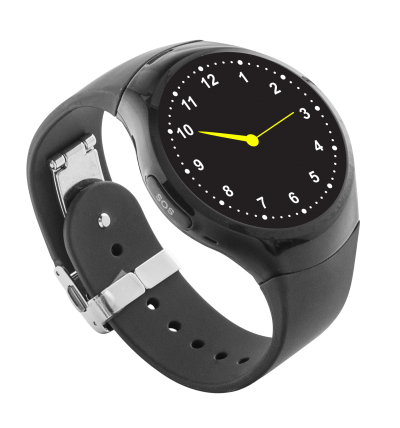
These can alert the authorities and help locate a missing person quickly. Most of these systems operate by signal exchanges from satellites and nearby cell towers when the person is traveling or wandering. The program then measures the distance between the device itself and the cell towers and satellite signals, pinpointing the individual’s location and communicating this information back to the system.
Consider: GPS SmartSole ($359, GPS SmartSole) or Theora Connect Wearable (starting at $338)
The bottom line on the technology for seniors
Talk with your loved one about these options, but don’t be surprised if they’re initially hesitant, as unfamiliar technology may feel invasive. Take the time to explain how each choice can bolster their wellness, health and happiness.
